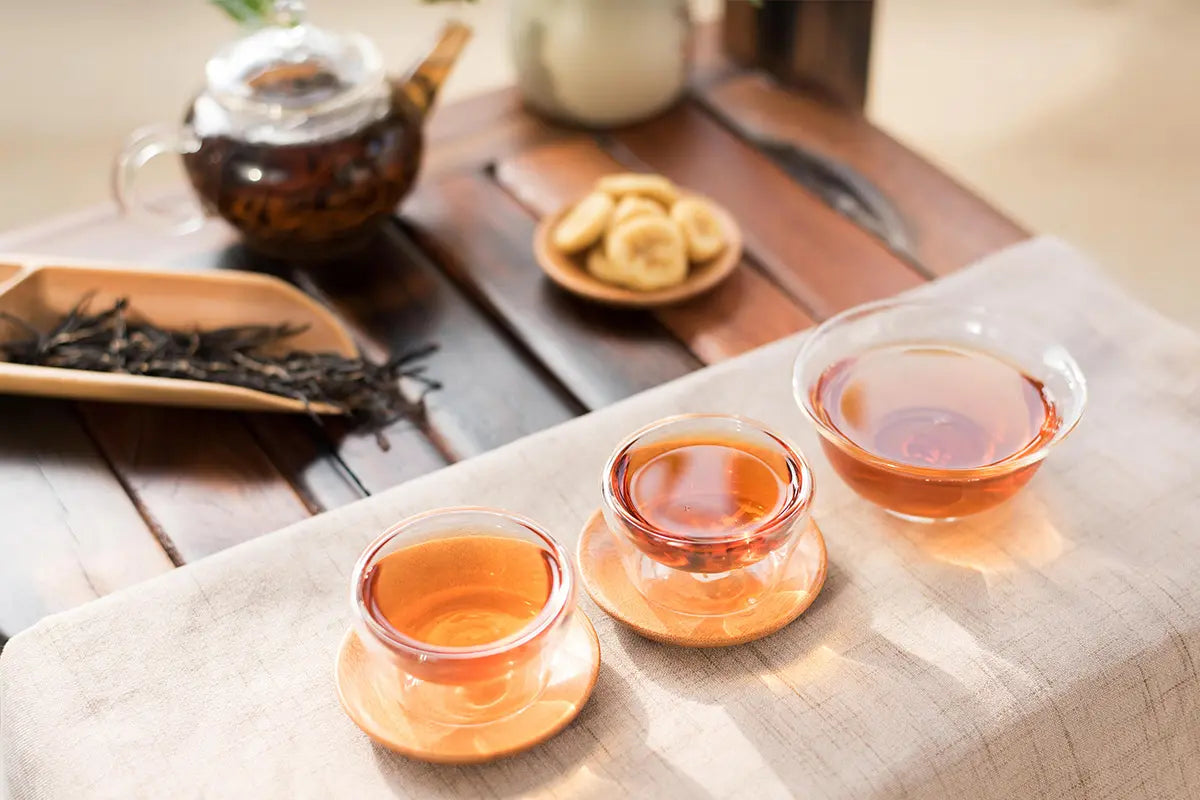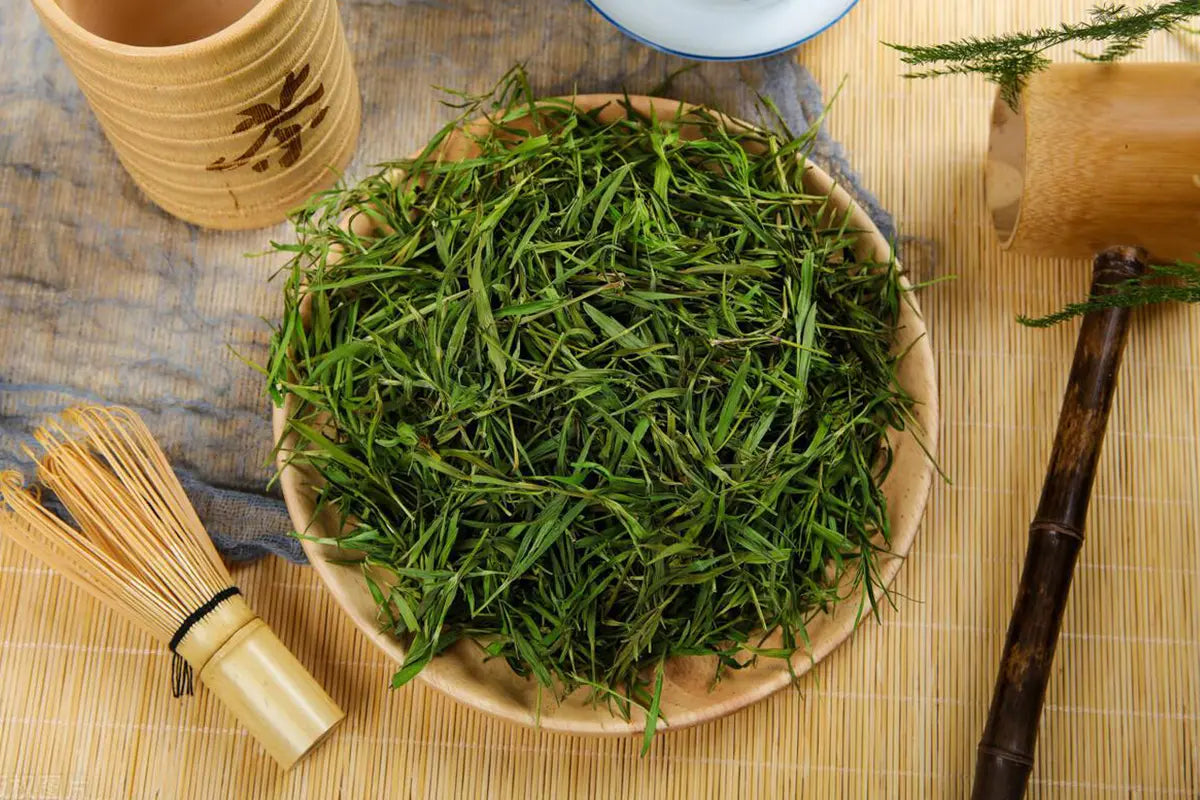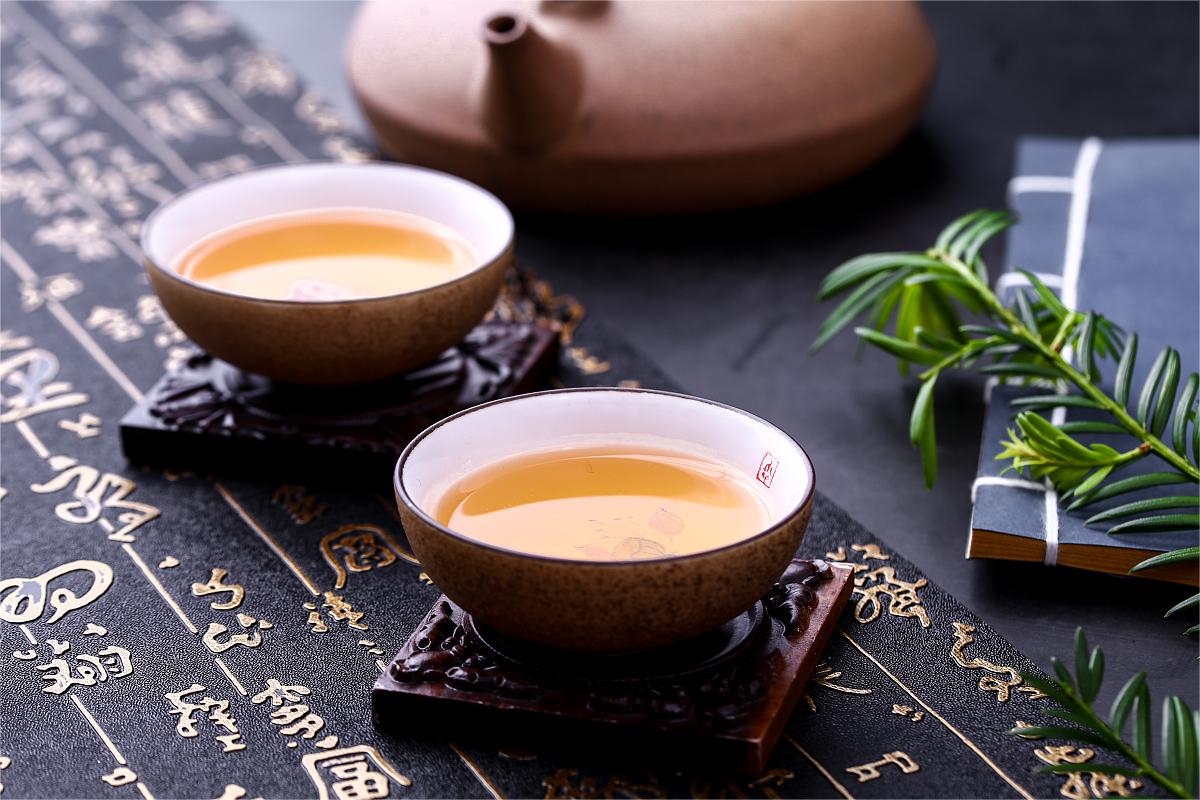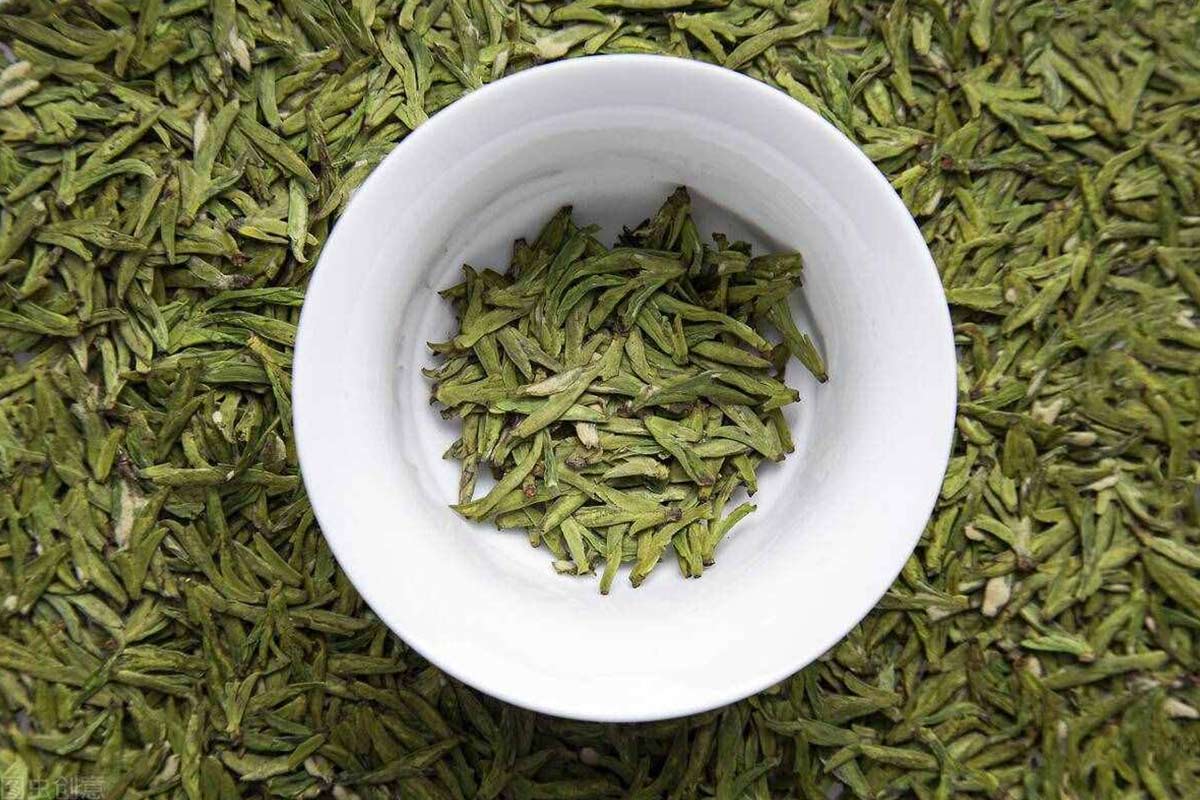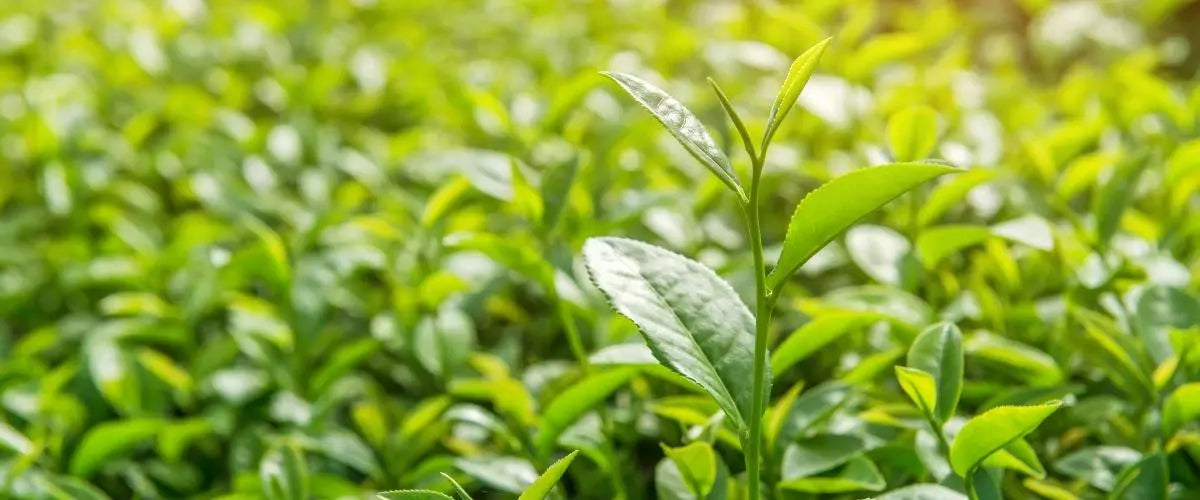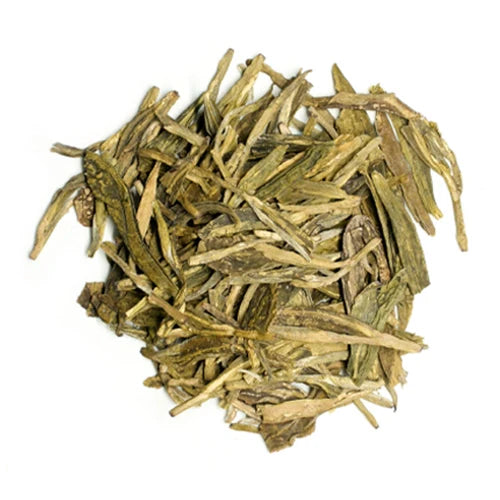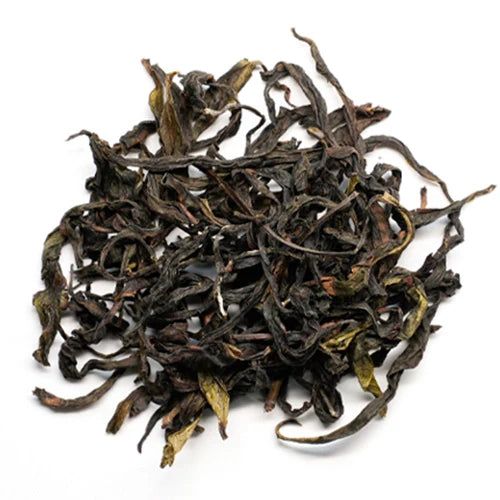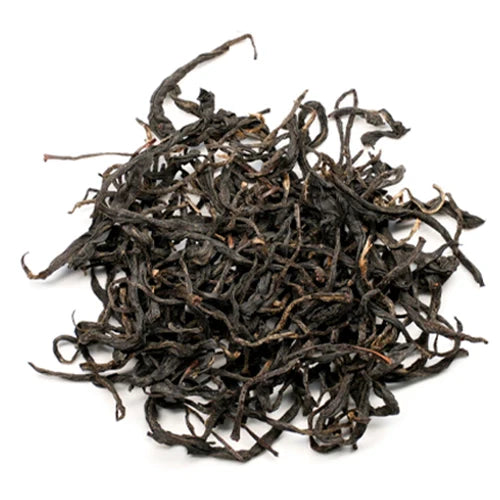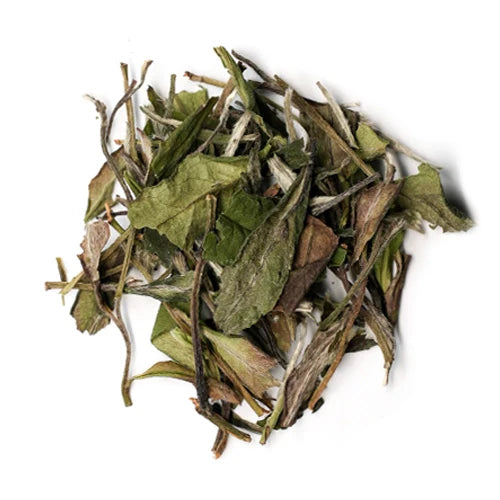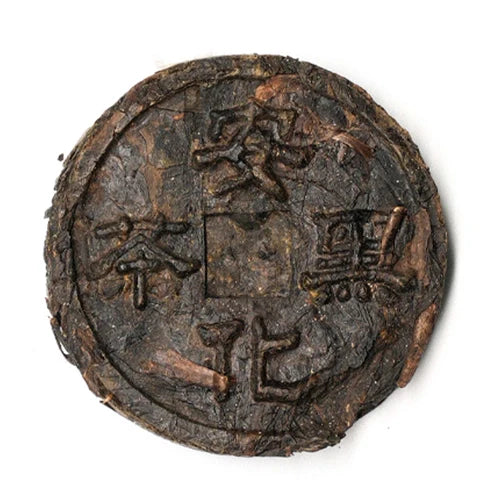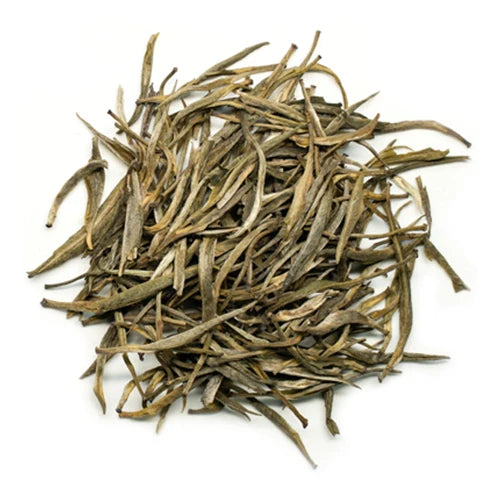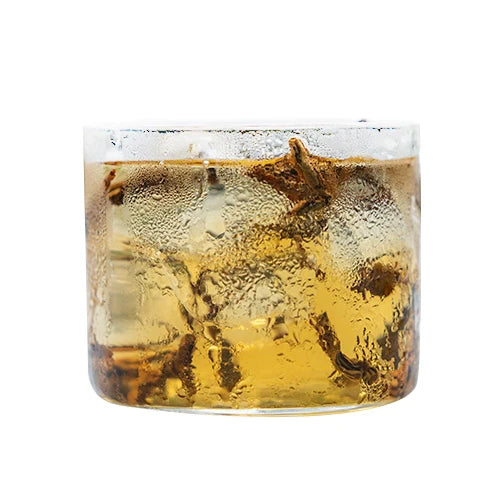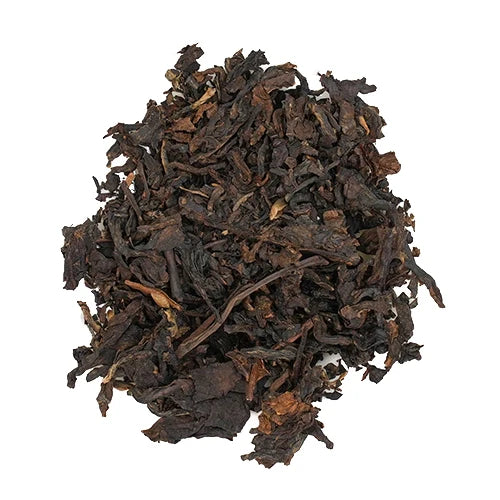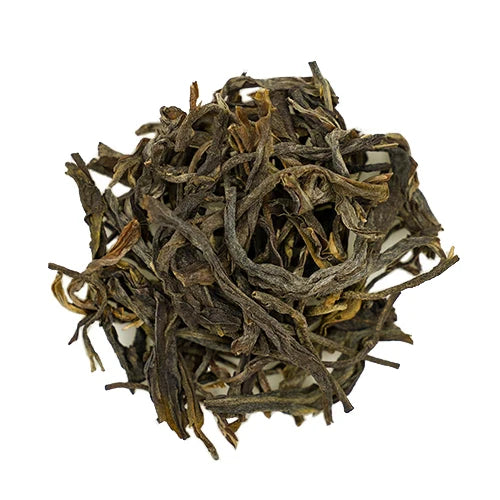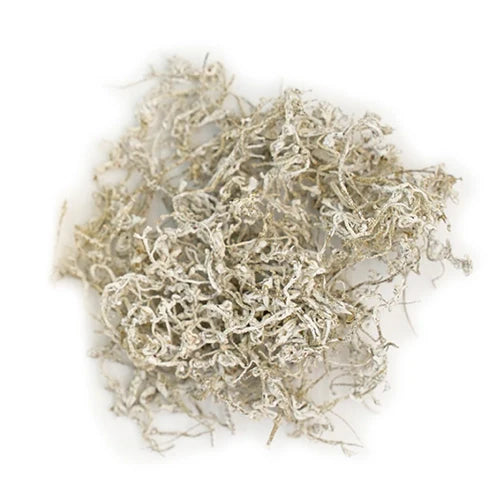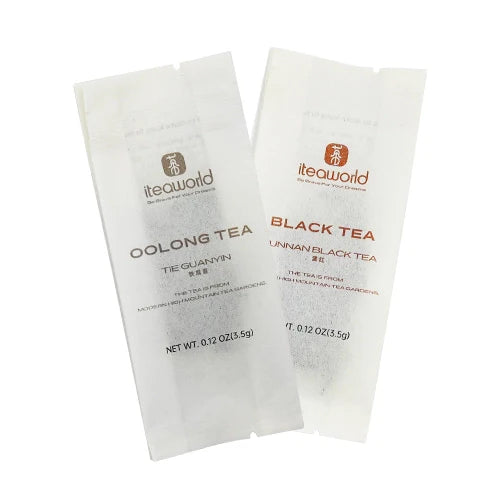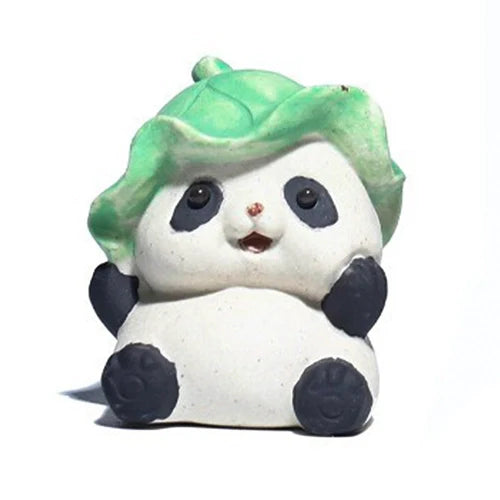Home › Guide › Biluochun Tea
Try Authentic Biluochun at Home
First order ships free (U.S. -50% shipping; free over $39.99/$99.99) Free tea samples 30‑Day Guarantee
Shop Biluochun
Table of Contents
"Biluochun" is a type of green tea that hails from Dongting Mountain in the Taihu Lake region of WuZhong District, Suzhou City, Jiangsu Province, China. Its origins date back to the Ming Dynasty but gained fame during the reign of Emperor Qianlong in the Qing Dynasty when it was designated as tribute tea, making it one of China's top ten famous teas. Gong Zizhen once praised it, saying, "Biluochun of Dongting Mountain is the best Chinese green tea in the world." Today, let's delve into some fascinating facts about this renowned green tea.
As the crisp air of late autumn sets in, there’s no better time to enjoy a refreshing cup of Biluochun green tea.This Black Friday, iTeaworld invites you to explore authentic 50% off green teas and exclusive free gifts from Nov 3 to Dec 1.Whether you’re a longtime tea enthusiast or a newcomer, it’s the perfect opportunity to experience the delicate aroma and brisk flavor of Biluochun, one of China’s top ten famous teas.
The Origin of the Name Biluochun
Regarding the origin of the name of this renowned green tea, Biluochun, there are multiple explanations, and here, we'll discuss the two main ones.One account suggests that, in its early days, Biluochun was known as "Dongting Tea" or "Scary Fragrance." According to folklore, a nun went to the mountains in the spring, casually picked a few tea leaves, and brewed tea. The aroma was so captivating that she exclaimed, "The fragrance is so scary!" Local people began calling this tea "Scary Fragrance." During the Kangxi era of the Qing Dynasty, Emperor Kangxi inspected and tasted this tea, which had a jade-green color and was curled like a snail. He greatly appreciated its taste but found the name "Scary Fragrance" to be less than refined. As a result, he renamed it "Biluochun." Since then, Biluochun has been offered as a tribute tea every year.Another clever explanation attributes the name "Biluochun" to its distinctive features. The tea has a jade-green color, is tightly curled like a snail, is harvested in the spring, and originates from the Bi Luo Peak. Therefore, it was named "Biluochun."
Characteristics of Biluochun Tea
Shape: Thin and slender, tightly curled like a snail, covered in fine silvery hairs, displaying a blend of silver and green hues.Color: Interplay of silver and green, gentle and bright.Liquor: Emerald green, clear and brilliant.Aroma: Strong and intense fragrance with floral and fruity notes, a clear and refreshing scent.Taste: Fresh, mellow, and brisk, with a lingering aftertaste.Leaves: Tender and abundant buds, vibrant and fresh.
Harvesting and Processing of Biluochun Tea
The harvesting of Biluochun tea demands exceptional precision, requiring that the leaves be young, tender, and immaculate. High-quality Biluochun is often defined by the standard of plucking a single bud or one bud and one leaf. It is an extremely time-consuming and labor-intensive process, with approximately 65,000 first-grade buds half a kilogram and around 55,000 for second-grade buds.After the plucking is complete, the tea leaves undergo meticulous sorting and spreading. They are then subjected to high-temperature fixation, shaping through rolling, kneading to form tight clusters with visible hairs, and finally, gentle heat drying. The process adheres to the principle of "never leaving the tea from the hands, and the tea never leaving the pan." The continuous and skillful manipulation is what yields the fresh, brisk, sweet, and floral or fruity fragrance that characterizes a cup of Biluochun.
Grading of Biluochun Tea
The grading of Dongting Biluochun tea is determined according to national standards. The national standards classify Dongting Biluochun tea into five grades based on product quality: special first grade, special second grade, first grade, second grade and third grade, with the special grades (special first grade and special second grade) being the most precious.For green tea, freshness and briskness are highly valued. Typically, the higher the grade of green tea, the greater its amino acid content and the corresponding freshness. This is distinct from other tea categories such as loose leaf black tea, loose leaf oolong tea, dark tea, yellow tea, and white tea, where some teas, like dark tea and white tea, may even improve with age.
During iTeaworld’s Black Friday Celebration, you can easily access high-quality Biluochun from Dongting West Mountain, sourced directly from the core production area.Take advantage of exclusive 50% OFF discounts and complimentary gifts while discovering the refreshing aroma and sweet, floral flavor that has captivated tea lovers for centuries.
The Unique Landscape of Biluochun Tea Region
Biluochun, as a renowned Chinese loose leaf tea, owes its exceptional flavor to the environment in which it thrives. Biluochun is grown in Dongting Mountain, situated within the Taihu Lake region in Suzhou, Jiangsu Province, China. Dongting Mountain is divided into two peaks: Dongting East Mountain, which resembles a massive ship extending into Taihu Lake, and Dongting West Mountain, a sturdy island standing in the middle of the lake. These two mountains share a temperate climate, with an annual average temperature of 15.5 to 16.5°C and annual rainfall ranging from 1200 to 1500 millimeters. The moisture rising from Taihu Lake results in lingering mist and a humid atmosphere. The air is moist, and the soil is slightly acidic to acidic. The loose, sandy soil is ideal for tea tree cultivation.In this region, not only are there numerous tea trees, but also a variety of fruit trees such as peach, plum, apricot, plum, orange, loquat, and bayberry. These fruit trees are interspersed with tea trees, giving Biluochun tea a unique floral and fruity fragrance.
Brewing Biluochun Tea
It is best to use freshly boiled water for brewing Biluochun tea. After the water has come to a boil, preheat the teacup by pouring hot water into it to ensure the teacup is warm, which helps release the initial aroma of the tea. As Biluochun tea leaves have fine hairs, the first infusion is a rinse. Pouring hot water over the tea allows the hairs to separate from the leaves, and they float on the surface. Discard this first infusion and proceed to the second infusion, which is the one to savor. The third infusion is often considered the best, as by this point, the tea's aroma is fully released.
For brewing, it is recommended to use the "upwards pouring" method, which involves filling the teacup approximately 70% full with water and adding about 3 grams of dry tea leaves. In this method, you can witness the Biluochun tea leaves unfurl and produce a mesmerizing dance akin to rolling white clouds and swirling snowflakes. Because Biluochun leaves are covered in fine hairs, the "upwards pouring" method is particularly suitable. Using the "middle pouring" or "bottom pouring" methods may wash away a significant portion of the fine hairs, resulting in a cloudy appearance of the tea infusion.
The Benefits of Biluochun Tea
Biluochun tea is rich in catechins and various vitamins, which can help promote blood circulation and reduce stasis. Moderate consumption of Biluochun tea in daily life can help soften blood vessels, lower blood lipid and blood pressure levels, and provide some preventive effects against arterial sclerosis, especially in middle-aged and elderly individuals. Biluochun contains substances like caffeine and folic acid, which can accelerate metabolism, aid in intestinal cleansing, and play a role in preventing obesity. Additionally, the tea contains compounds that can coagulate proteins, effectively acting as a bactericide. Studies have also suggested that individuals who regularly consume tea in their daily lives have a lower risk of cancer compared to those who do not.
How to Store Biluochun Tea
The storage of Biluochun tea requires careful attention. Traditional storage methods involve wrapping the tea leaves in paper, placing them in bags, and layering with block-shaped quicklime. The tea and quicklime are stored in a sealed container with moisture-absorbing properties. With the advancement of science, some have adopted the use of triple-layer plastic bags for sealing and isolating the tea from air, storing it in a refrigerator or cold storage unit below 10°C. This method allows for long-term storage of over a year, preserving the tea's color, fragrance, and flavor as if it were newly harvested.
Nowadays, there are numerous teas on the market labeled as Biluochun, making it challenging to find a high-quality option. iTeaworld's Green Tea Sampler offers a high-quality Biluochun tea sourced from the core production area in Dongting West Mountain, Taihu Lake, Suzhou, Jiangsu Province, and it is certainly worth a try.
After reading this article, you may find yourself more inclined to enjoy Biluochun tea. Not only does it offer a refreshing and delicate flavor, but it also comes with various health benefits and has a rich history spanning over a thousand years. It's an ideal beverage for relaxation, helping alleviate the pressures of work and life, and adding a touch of elegance to your daily routine.
Prefer to compare before buying? Explore our Green Tea Sampler including Biluochun from the core origin.
Shop Sampler
Enjoy authentic Biluochun at home
Shop Now




